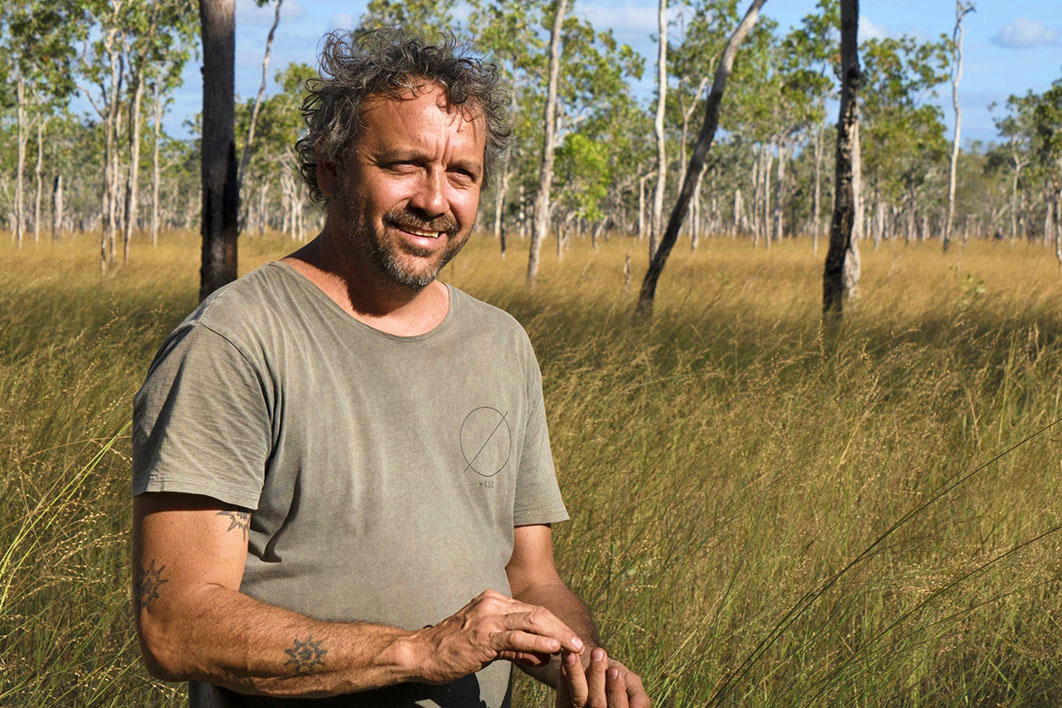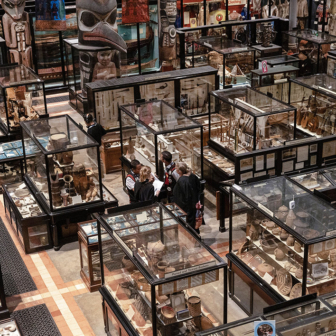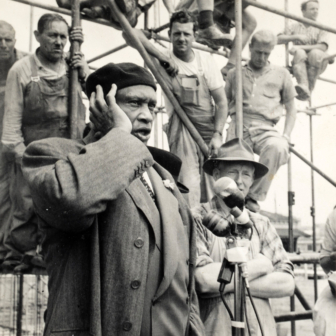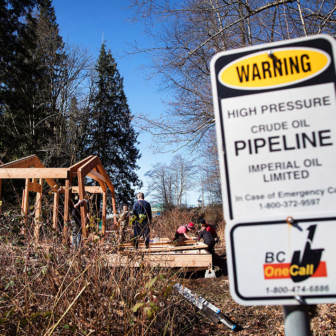Fire Country: How Indigenous Fire Management Could Help Save Australia
By Victor Steffensen | Hardie Grant | $29.99 | 240 pages
I have experienced a lot of déjà vu in the last year. The crises of dying rivers and bush infernos from a decade ago have been repeating themselves, with the same trauma, the same debates, the same memes, the same virtue signalling and the same subsequent amnesia. It rained for a bit and we forgot the river. The smoke blew away to bother someone else, and we forgot about that too.
The land is still sick when we stop tweeting about it, though, and comorbidities come with this pathology. Displaced animal species from dying ecosystems produce new pathogens that can pass to humans. Economies, social systems and supply chains are catastrophically affected as the interrelated elements of our existence, grounded in a largely ignored dependence on the land, begin to break down. Our mental and physical health becomes dysfunctional.
The solution to this destructive pandemic of disconnection can be found in the traditional knowledge systems of Indigenous cultures, which sadly remain inaccessible to most people. If only there were somebody who could map this knowledge and translate it into a plain-language text that could connect with the hearts and minds of people from all walks of life, I’ve often thought. Such a text just might save this continent, if not the world.
Enter Victor Steffensen, Tagalaka man, ranger, educator, musician and filmmaker, and his game-changing book Fire Country: How Indigenous Fire Management Could Help Save Australia. Steffensen has been working on Country with traditional Elders and knowledge-keepers for decades, initially on Cape York and then all over Australia. On the surface his book is about Indigenous firestick practices of land management — the burning off of areas seasonally to care for Country — but when you start reading you will find it is so much more than that.
Fire Country is an autobiography, a self-help book, a manifesto, a biology textbook, a change-management guide and environmental commentary all rolled into one. Mostly it is a book about the hot topic of Indigenous land-based knowledge. A lot of people are looking to this traditional knowledge for solutions right now, and while Bruce Pascoe’s work has dealt with the why, and my own work has dealt with the how, Steffensen has dealt expertly with the area people are clamouring to know about — the what.
The what is important. While many Indigenous thinkers are still writing to convince the world of the importance of Indigenous knowledge, a critical mass of motivated people are actively seeking this knowledge and ways to apply it. Their efforts are frustrated because this knowledge is obscured by a maelstrom of history wars and identity politics. Steffensen’s book is a breath of fresh air, a lifeline for all the influencers and grassroots change-makers who are actively seeking to transform our ways of living on this planet to ensure the survival of the biosphere and the humans who depend upon it.
The word Steffensen uses for this activity is “praction,” a term coined by a Cape York Elder to describe the application of knowledge in fulfilling custodial roles on Country. He maps the elements of this knowledge system using a triangular diagram based on the process of firestick land management. This is then expanded as a metaphor for human social/ecological behaviour that follows the natural processes of the land. It extends outwards in an exponential patterning of the elements of land and culture, which are not separate concepts in an Aboriginal worldview. The elements are interchangeable and exist in a profoundly interrelated way of being and knowing.
This previously inaccessible lens for viewing the world is explained by Steffensen in a deceptively simple way. His writing may seem simultaneously naive and cynical at times, but our community is very familiar with this kind of voicing, which we would simply call straight talk. Steffensen has made no attempt to alter his language for a literary audience, maintaining linguistic patterns that most would deem irregular. His publishers should be commended for supporting this bold choice in a competitive marketplace that follows style guides and standards religiously.
While at times Steffensen has acquiesced to the ubiquitous self-narrative genre of Indigenous literature, most of the book is completely out of the box and like nothing you have read before. At the start of the book I thought, “Oh, here we go, another rambling life story.” But the writing very quickly changes to something quite remarkable — an intimate sharing of complex knowledge that makes readers feel like the author is sitting alongside them and yarning within a deeply respectful relationship.
Considering the amazing work Steffensen has done all over the continent with communities and organisations that were often initially hostile towards him, it is clear that his writing is an extension of his extraordinary gift for connecting with all kinds of people in all kinds of contexts. You get the sense that he is not even aware of this gift, that it is just an integral part of who he is, unaffected and free of ego. Steffensen is signalling nobody, and is not remotely interested in building a personal brand. He is just a man of the land, working to save it from destruction.
One big message the reader might take from this book is that we may have to break a few rules to create urgently needed change. More than a few stories in the book are about community actions and fire-management activities that Steffensen describes as “cheeky,” in which participants have disregarded bureaucratic directives or regulations in order to apply Indigenous knowledge solutions. Sometimes this is in the ballpark of the corporate catchcry “it’s better to seek forgiveness than permission,” while at other times it’s more like “light the match and run like hell.”
A more sobering message is that it will take a thousand years to rehabilitate our landscape. That is the lifespan of the trees that have gone, trees he refers to as “parent trees” that perform vital roles in the ecosystem. The knowledge in this book about the complex ecologies and cultures spiralling out from those parent trees is breathtaking in its scope. Different kinds of Country are formed when particular species of these trees become dominant, and they create different kinds of soils that demand different kinds of fire (or sometimes no fire at all), because light-coloured soils reflect heat while darker ones absorb it.
Different seeds require different kinds of burning and even smoke from specific grass species in order to germinate properly, and these different ecosystems require burning in different seasons. They fit together like a patchwork quilt, so that areas burned in previous seasons can prevent the spread of fire into neighbouring areas in the next season. Of course, there are also irregularities depending on proximity to ridges and rivers, and there are exceptions to every rule. “Never burn on a riverbank”? Well, in some cases you need to. Mixed-species Country requires mixed methods of management, and wetlands require different approaches depending on a thousand different vectors.
All of this knowledge sits within an algorithm that is very familiar to me, both from my connection to Cape York and my experience walking and reading Country all over the continent. In all these diverse landscapes the algorithm is transferrable as you walk through and observe, “Okay, from this soil I can see that instead of ironwood they have this species here, and so the ants will be over here, and I will find medicine plants over there,” and so forth. The translation of patterns across contexts of different Country is a particular gift that Steffensen has, but it is not limited to landscapes. He also transfers these patterns and principles to various disciplines, including health, education, psychology, media and governance.
He extrapolates pedagogies, social systems and methodologies from encounters with a sentient landscape. This is the most exciting element of his work — the potential for applying patterns of Indigenous logic to disciplines beyond biology and culture. It may seem strange to look to a book on fire management to find a blueprint for things like transformational leadership, but seriously, look no further.
It’s all here in straight talk, from a man who has no interest in culture wars or guilt or the myriad categories of identity that currently pepper our discourse. He has a very simple, deracialised rubric that identifies only two kinds of people — connected and disconnected. As he says, “There are even Aboriginal people who have become disconnected too. Today the disconnected people come in all colours, from black, white, brindle and brown.”
This is the most potentially game-changing book to emerge in this time of turbulence and transition. It is not a book only about fire. It contains Indigenous knowledge that will work for anyone, from any discipline and any walk of life. It is an easy read with a hard impact that will change the way you live. •




